“And if a house be divided against itself, that house cannot stand.” —Jesus, Gospel of Mark 3:25
“To believe in Christ means to desire unity; to desire unity means to desire the Church; to desire the Church means to desire the communion of grace which corresponds to the Father’s plan from all eternity. Such is the meaning of Christ’s prayer: “Ut unum sint.” —Pope John Paul II, encyclical letter “Ut Unum Sint” (“That they may all be one”), May 25, 1995 (link)
“The Church must breathe with her two lungs!” —”Ut unum sint,” Paragraph 54
“In what is necessary, unity; in what is not necessary, liberty; in all things, charity.” —Saint Augustine
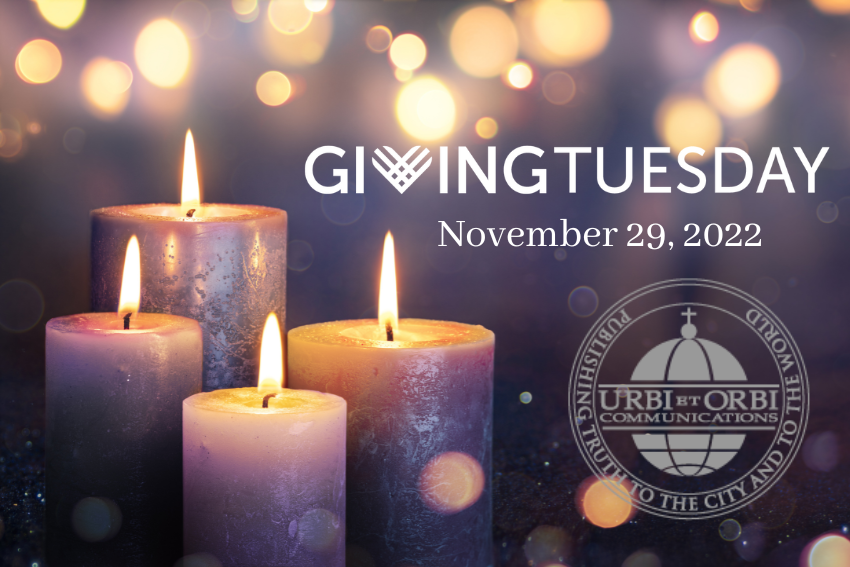
Letter #117, 2022: Giving Tuesday, November 29
Dear friend,
Greetings!
For almost 30 years I have been publishing Inside the Vatican magazine — the “Zero Issue” was in April, 1993, so the 30 years will be complete in April, though Issue #1 did not appear until August 1993, when I met with St. John Paul II and told him what I planned to do, and he encouraged me. (Photo below)
For about 20 years I have been writing these letters.
The essential goal has always been this: to proclaim and explain the centrality, the unique importance, of Christ for our universe, and for each human soul.
To proclaim, and explain, how He, Jesus Christ, is the true Suffering Servant, and the true King, who accomplished the salvation of a fallen world by his death on the cross at a certain time and place — 2,000 years ago in Jerusalem — conquering death by death, rising in a glorified body on the third day.
And therefore to proclaim, and explain, how all of our problems, from war, to oppression, to injustice, to confusion, to the need to sacrifice our own desires in order to accomplish God’s perfect will, can be met and dealt with according to the example and teaching of Christ, through Christ, with Christ, in Christ.
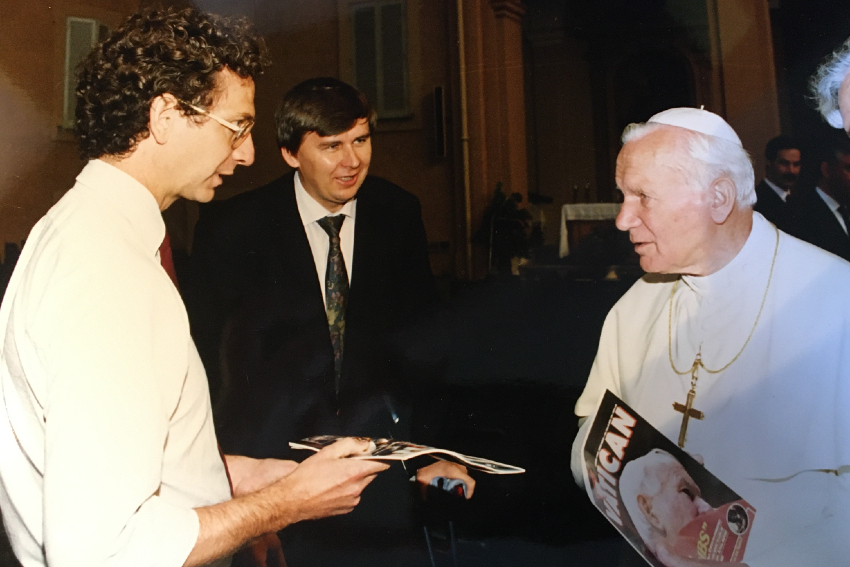
August 1, 1993, at Castel Gandolfo, Robert Moynihan and Gregorio Galazka present the first issue of Inside the Vatican magazine to Pope John Paul II
Click the button below to give a gift to help support this work. You will receive a special thank you from me for your donation.
***
This essential goal was proposed to my mind and heart by my parents, and also by the Church, in the great sacraments of baptism, confession, communion and confirmation.
And this essential goal, after long intellectual and spiritual wrestling, was set at the center of my consciousness by an experience I had at Harvard College in Cambridge, Massachusetts, at about 9:40 p.m. and for about a minute after that, on the evening of April 29, when I was 18 year old freshman, in the early 1970s.
I cannot easily explain here that experience, but it seemed to me then, and still seems now, similar in some ways to experiences described as “mystical” by quite a few others over the centuries.
So, in a sense, it was a “typical” mystical experience.
But that “typical” experience was for me utterly and unforgettably unique, as it touched the very center of my personhood, and, it seemed to me, healed and transformed it.
To describe it I may cite, perhaps, a famous example of another mystical experience, that of the great French mathematician and philosopher, Blaise Pascal, who wrote this about something that happened to him on the night of November 23, 1654 (it is often called Pascal’s “Night of Fire”):
The year of grace 1654,
Monday, 23 November, feast of St. Clement, pope and martyr, and others in the martyrology. Vigil of St. Chrysogonus, martyr, and others. From about half past ten at night until about half past midnight,
FIRE.
GOD of Abraham, GOD of Isaac, GOD of Jacob
not of the philosophers and of the learned.
Certitude. Certitude. Feeling. Joy. Peace.
GOD of Jesus Christ.
(…)
Grandeur of the human soul.
Righteous Father, the world has not known you, but I have known you.
Joy, joy, joy, tears of joy.
(…) (link)
Pascal then took the piece of paper with the words he had written down and carefully sewed it into the inside of his jacket, which he kept with him the rest of his life. This was not discovered until after his death.
What Pascal experienced was a certitude, joy and peace after encountering the ultimate being, God.
How are we to understand this?
Is it a psychological experience? Did God really touch Pascal with flame? What does it really mean?
I cannot answer these questions.
I have meditated on such questions for much of a lifetime, but I cannot definitively answer them.
But what seems certain is that the “grandeur of the person” which Pascal refers to includes the possibility — all due to a gift which is not merited, but simply given freely — of encounter with God, of communion with God, the being who is the cause, the source, the end, and I dare to say the ultimate longing, of all other beings…
***
And so I founded a magazine, which attempts to provide a glimpse into the life of the Church, and of the Holy See, a Church and a Holy See which are animated, ultimately, by this same longing, by a “longing for God.”
The Church is the vessel for the proclamation of this message of Christ’s saving divinity, and the Vatican stands at the center of the Church.
Hence, already on the night of April 29 in the early 1970s, I felt I would need to go to Rome, and to help explain how Rome was guiding the “barque of Peter” through the squalls and tempests of this world’s oceans, in order to assist the unity of the Church throughout the world, and, in this way, to strengthen and solidify the credibility of the Church in proclaiming Christ to the world.
It soon became clear that our unity was threatened by various and profound challenges, some ancient, some modern, all threatening to divide the Church, whether physically, as in schisms, or doctrinally, as in factions disagreeing over moral or other teachings.
Under the influence of Pope John Paul II and also of then-Cardinal Joseph Ratzinger (now Pope Emeritus Benedict XVI) it became clear to me that the 1,000-year fracture between the Catholic and Orthodox Churches — the “Great Schism” of 1054 A.D. — was an impediment to evangelization.
Looking at the divided Christian Churches, people around the world might say, “Look! They are not united among themselves, they are not one community following one Lord in mutual love; so clearly these are human institutions, not a single, divinely inspired global community.”
Was it possible to overcome 1,000 years of division, and restore the unity of the Church, east and west, Greek and Latin, Byzantine and Roman?
In about the year 2000, I visited Assisi, not far from Rome, and, in the Basilica of St. Clare, where the original cross that spoke to St. Francis is kept, I heard echoing in my ears the words spoken by Christ to the beloved saint, Francis of Assisi, in 1205 A.D.: “Francis, come, rebuild my Church.”
John Paul II’s words, “The Church must breathe with both her lungs!” convinced me that the struggle to rebuild the Church could not really be successful without our closer union with the Orthodox.
Since 1993, Urbi et Orbi Communications, publisher of Inside the Vatican magazine, has taken up the torch for unity, and our work to unite and rebuild has grown far beyond our magazine. Through numerous projects, we’ve built a structure of friendships among Catholics and Orthodox alike, brick by brick, around the world.
St. Francis, at first, picked up stones to rebuild one ruined chapel, but he soon realized his task was to rebuild the whole Church. He began the order of Friars Minor, and together they brought the light of Christ into the darkness of that age in a way we have not forgotten.
Urbi et Orbi Communications, too, seeks to answer the plea of Christ, “Rebuild my Church.” We see the darkness of a world view which has forgotten the transcendent, the “fire” which Pascal encountered, closing in around us — and we must respond, together, in spiritual and tangible ways.
The answer, I believe, is to hold high, like a torch, the profound beauty and truth of our faith: it is the source of our unity, and our strength.
It is my sincere hope that every one of you will step forward, be a torchbearer with us, and help light the way of Truth in the gathering darkness — in unity with God, within the Catholic Church, and with our Orthodox brothers and sisters.
If you wish to help, please click here.
And just below there is a video which is just a few minutes long and gives you a quick overview of our work.
With best wishes to all in the Advent season, which leads toward Christmas, and with prayers for all who face difficulties and suffering, that God may bless and keep you, and this His light may shine upon you.
— Robert B. Moynihan, Ph.D.
Our Work: An Overview
We ask you to support Urbi et Orbi Communications with a small or large contribution, at this difficult time, in order…
(1) to keep Inside the Vatican Magazine (which we have published since its founding in 1993, more than 28 years ago) independent and comprehensive… Now available to you digitally as well as in print! Now offering Virtual Events!
(2) to ensure that Inside the Vatican Pilgrimages can keep creating encounters.
(3) to help bring the Catholic Church and the Orthodox Churches closer together by “building bridges” through our non-profit Urbi et Orbi Communications.
(4) to sustain our occasional news and analysis emails, The Moynihan Letters, bringing valuable information and insight to thousands of readers around the world.
Please, do not overlook this opportunity to work with us. We very much appreciate your gift, whether small or large.
Thank you.
In Christ,

Dr. Robert Moynihan and the rest of the Urbi et Orbi Team

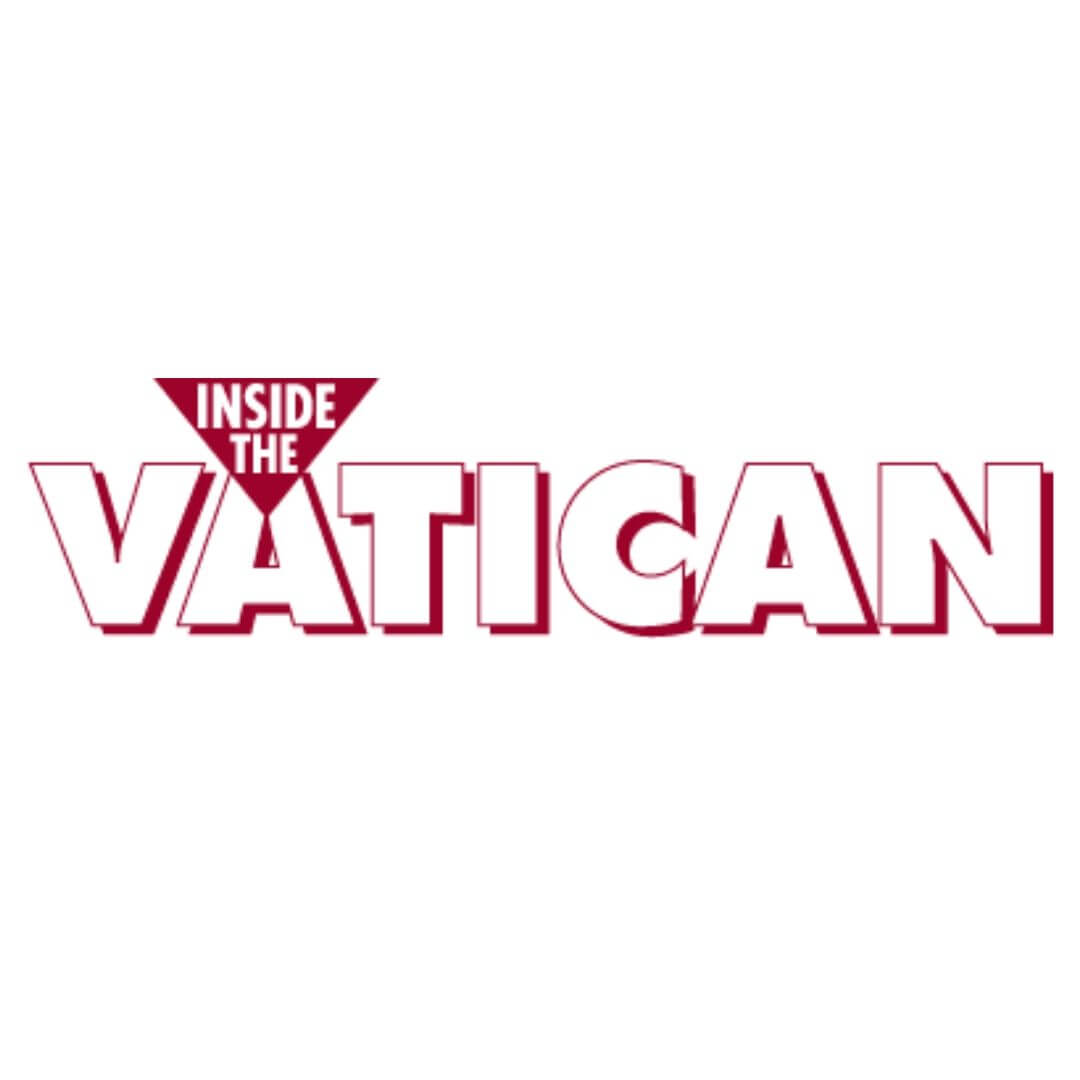
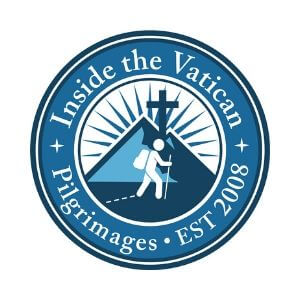
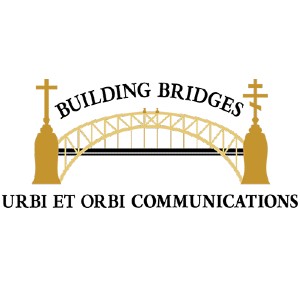






Facebook Comments